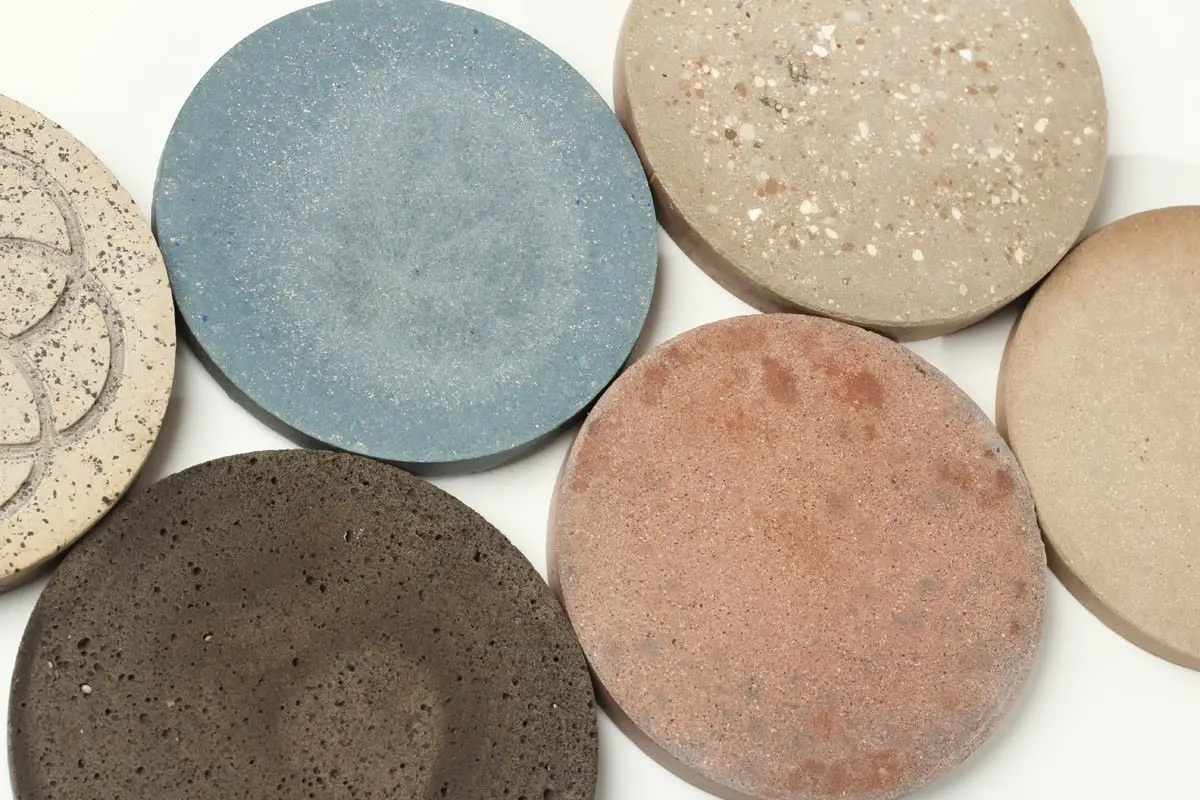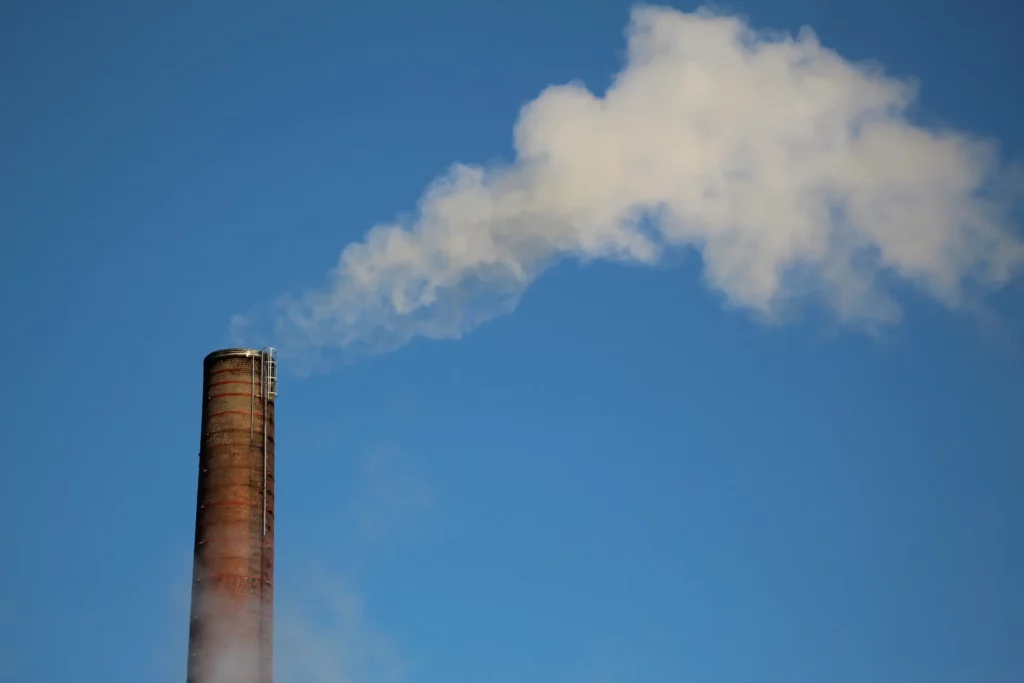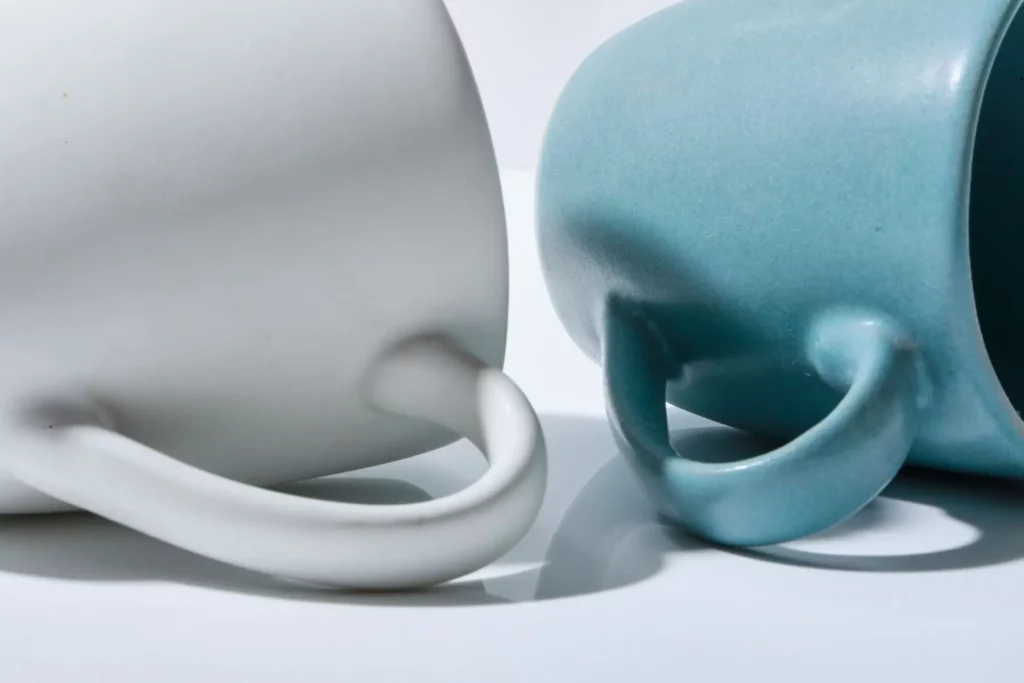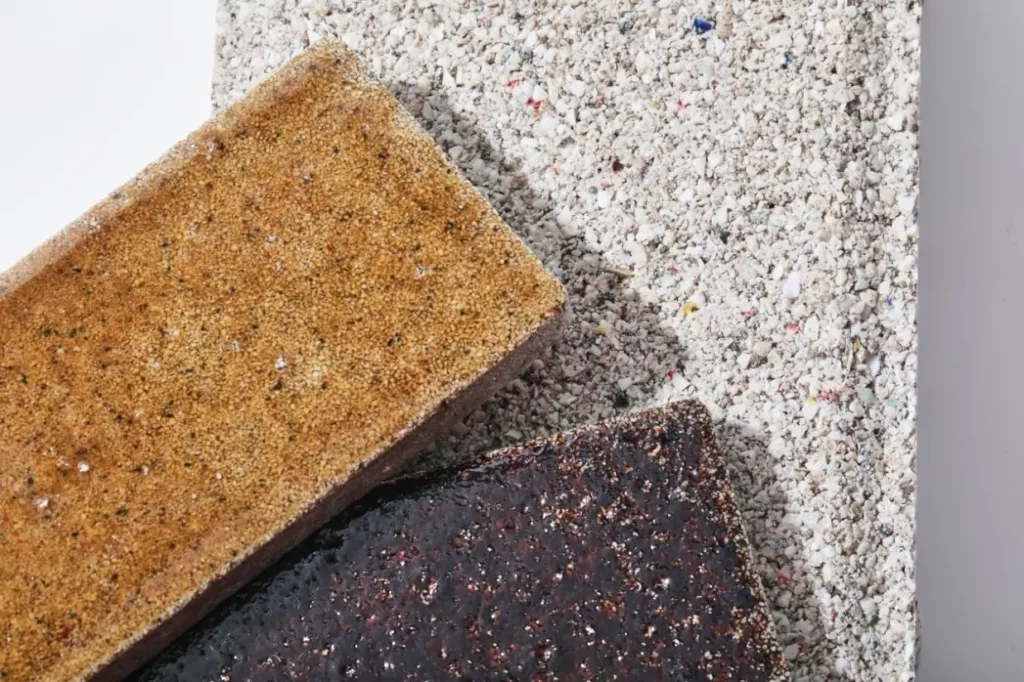
Ceramics and sustainability: 3 things to know
Ceramic is a very well-known and very ancient material: it has always been used to make pottery and decorative objects, and is still the preferred material for the production of flooring and sanitary ware. Among its characteristics, the resistance to external agents, especially chemicals, and therefore its high hygiene is particularly interesting: ceramic surfaces do not favor bacterial proliferation and are easily cleanable. Its durability also makes ceramic an almost eternal material, therefore perfect for architecture.
And so far, so good. But if we look at it from the perspective of environmental impact, what are the pros and cons?

The first critical point is undoubtedly that of energy consumption. The production of ceramic requires firing at high temperatures, a very energy-intensive and therefore high-emissivity process. To reduce CO2 emissions linked to production processes, the industry is working on green hydrogen, i.e. hydrogen produced through an electrolyser powered by photovoltaic panels (or other renewable energy).
It is an energy source that can be combined initially with gas, potentially capable of releasing energy constantly (unlike traditional renewables), and therefore capable of powering the kilns for firing ceramics.

The second aspect is that of recycling: the transformation process that occurs when ceramic is subjected to these high temperatures is not reversible. So what happens to industrial waste? The unfired parts can be easily reintroduced into the production cycle, while the subsequent waste (fired waste, sludge from washing lines, smoothing and polishing sludge, dried grinding residues and exhausted lime) are usually reduced to powder and a part of they used within new compounds, reducing the use of extracted raw materials. Furthermore, tiles may also contain components recycled from other sectors, such as glass or other aggregates.

Finally, the end-of-life: ceramics, both coming from demolitions and from urban waste (for example a broken cup) end up in inert waste and, after a shredding step, used in civil engineering works. However, there are projects that aim to also recover these raw materials with a view to increasing their value, for the creation of decorative tiles or bricks.


